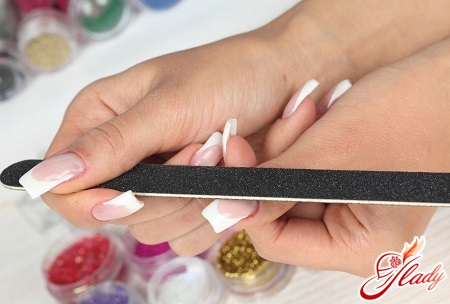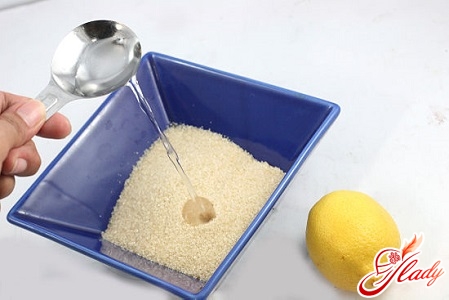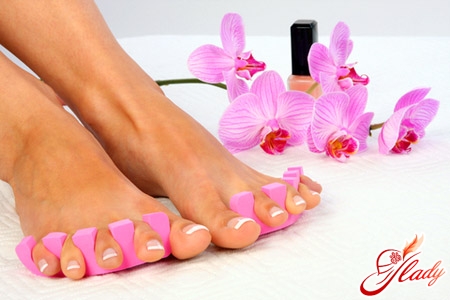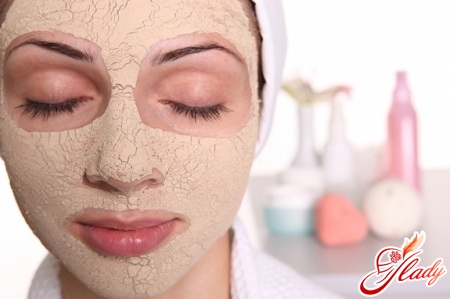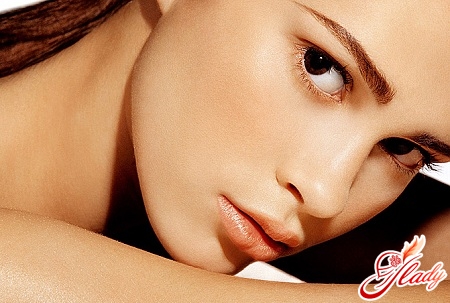 Facial skin types have a significant impact onthe process of its aging and the features of the appearance of age wrinkles. If you take these types into account, the skin on the face with proper care can be maintained in a fresh and elastic state for a long time. We do not always take into account such an important nuance. And, without bothering to find out what kind of skin we really have, we use creams and lotions that do not match it. As a result, we either do not observe any effect at all, or sometimes even get a negative result. How to determine the type of facial skin and then care for it in such a way as to slow down aging as much as possible?
Facial skin types have a significant impact onthe process of its aging and the features of the appearance of age wrinkles. If you take these types into account, the skin on the face with proper care can be maintained in a fresh and elastic state for a long time. We do not always take into account such an important nuance. And, without bothering to find out what kind of skin we really have, we use creams and lotions that do not match it. As a result, we either do not observe any effect at all, or sometimes even get a negative result. How to determine the type of facial skin and then care for it in such a way as to slow down aging as much as possible?
Features of facial skin types
Age-related changes in facial skin type are inevitable,but with good care, this process can be controlled, and you will not see a single wrinkle for a very long time. Cleanse your face, removing all makeup and not using toner or moisturizing cream, and then you can begin to determine your facial skin type. However, first you need to rest and "wean yourself off" makeup - this will take several hours. After that, carefully examine your skin - daylight and a simple or magnifying mirror will help you with this. Remember that in general, the structure of your skin will not differ much from the skin of other people. You will need to pay attention mainly to the intensity of sebum secretion by the glands - determine the places where this occurs most actively. The amount of sebum secreted by the glands is the main sign according to which the skin can be normal, dry, oily or combination - let's figure out what kind of skin you have. It is quite rare to find normal facial skin today, and even then it usually occurs in young people. This skin is smooth, elastic, evenly colored, with barely noticeable and unclogged pores. When you touch it, you will feel that such skin is elastic - among other things, this gives it freshness and elasticity. People with this type usually do not have peeling, acne or dilated blood vessels. This skin is not afraid of temperature changes or washing in soapy water, it responds well to various decorative and cosmetic products. The first wrinkles on their face, the happy owners of such skin will see only after 35 years. But dry skin can be found quite often: many are familiar with the problem of peeling and some tension. The main difference between dry and oily skin is that warts and moles are formed much less often, the growth of vellus hair is much less active, and the pores are almost invisible. It is quite easy to find out that the skin of your face is dry: press on it with your fingers - the mark should not disappear for a long time. The layer of sebum in such skin is almost invisible, so temperature changes have a rather strong effect on it. There are people whose capillaries are located very close to the skin, which also makes it dry and is the cause of protruding or burst vessels and indicates a rapid loss of moisture. Pimples appear on oily skin more often than on dry skin, but the latter becomes rough faster and more often cracks in the fresh air. Note that dry skin is highly sensitive and prone to premature aging, so its care must be skillful and attentive. The cause of dry skin is low activity of the sebaceous glands and increased evaporation of moisture from its surface. At a young age, such skin is still tender, smooth, thin and matte. But later, especially if it was not cared for properly, the skin becomes dry, flaky and completely inelastic. Wrinkles begin to appear quite early, aging of the areas around the mouth, eyes and neck occurs. The problem of dry skin is very familiar to many women over 40 years old.
A test for determining the degree of dryness of the skin
You need to cleanse your skin, but refrain fromapplying creams, wait about an hour and proceed to determination. Stand in front of a bright light and examine your face, then ask yourself questions and answer them "yes" or "no":
- In general, do you distinguish your pores well?
- Is your skin matte or slightly rough?
- Is its color close to pink and reddish?
- When you are older than 25: are there already wrinkles around the eyes?
- In the cold, the sun or the wind, your skin turns red or gets irritated?
- Do you practically not know the problem of blackheads?
You definitely have dry skin if you answer all these questionsthe answer was "yes". If you answered "yes" to 4-5 points, then its type may be combined (mixed) - in this case, you need to conduct another test, a control one. Oily skin is distinguished by its shine, rather rough structure and grayish pale appearance - the pores of the sebaceous glands, their mouths and ducts are clearly visible on it. The reason for this is the increased activity of these same sebaceous glands - very often oily skin can be compared to an orange peel. Its owners often encounter "blackheads" that appear due to plugs in the pores, and these plugs appear due to the mixing of excess sebum with dead skin particles and dust. Comedones of a dark brown or black color gradually form; without proper facial care, they cause infections and inflammations, which leads to acne. Sebum is most actively secreted on the nose, forehead, chin, back of the neck, between the shoulder blades, in the sternum area, in large folds of skin, in the groin area, armpits, and on the scalp. The only advantage of oily skin is that even with such shortcomings, it does not dry out, so wrinkles will appear on its owners much later.
How to check if you have fat skin?
To find out your skin type, takesheets of tissue paper, a mirror and sit so that bright light falls on your face. Cleanse your skin in the usual way, but refrain from applying cream. Wait about an hour and begin pressing sheets of tissue paper to your forehead, sides of your nose, chin and cheeks, then answer a series of questions:
- Do you see traces of fat on all these sheets?
- Prints of the middle face and cheeks are equally fat?
- Can you see clearly visible acne on the skin?
- If there are acne, are they on the cheeks?
- Is your face faded?
- Skin loose and porous?
- Do pimps often jump on your face?
- Is the skin not very sensitive to irritation and redness?
You have oily skin if each of thesequestions you answered "yes". Well, if you answered yes to 4-5 points, then, as in the first case, you should take a test for a combination skin type. Combination skin is the most common type, characterized by a rather oily forehead, nose, chin, dry cheeks and areas near the neck and eyes. With a combination skin type, different parts of the face require special care - take the test in order to finally decide on ways to keep it young.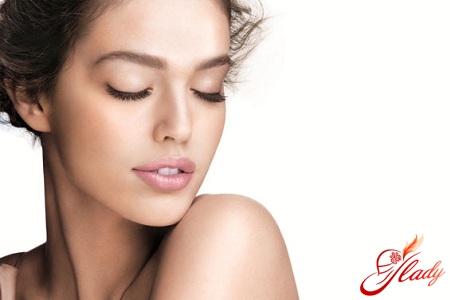
How can I tell if my skin is of a mixed type?
In preparation for the test, you will also need to apply sheets of tissue paper to all areas of your face, without using cream, and answer the following questions for yourself:
- On the sheets of the "T-zone" (nose, chin, forehead) there were traces of fat?
- Is the skin of the cheeks and temples smooth and with thin pores?
- In the middle of the face there are blackheads or large pores are visible?
- Your nose can shine within an hour after the cleaning has been done?
How sensitive is your skin in general?
- In the winter, the forehead and cheeks are rough and often irritated?
- With the onset of summer, the facial skin becomes more oily?
If the answer "yes" was given to at least 4 questions, then you are the owner of combination skin. We recommend reading:




